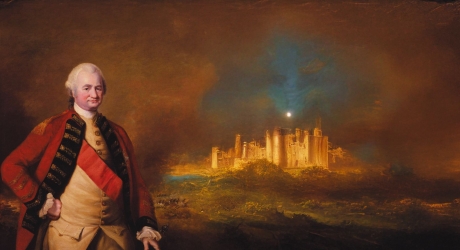Speaking Tree | Mar 16, 2018
The 76-year-old Stephen Hawking, physicist and best-selling author who roamed the cosmos from a wheelchair -- pondering the nature of gravity and origin of the universe -- inspiring millions despite living with a debilitating disease, died on Wednesday at his home in Cambridge, England.
As a 21-year-old graduate student at Cambridge, Hawking learned that he had a neuromuscular degenerative disease. Doctors gave him just two years to live. The disease gradually left him wheelchair-bound and paralysed. He was able to move only a few fingers on one hand and was completely dependent on others or on technology for everything. A speech synthesiser allowed him to speak in a computerised voice. But an undeterred Hawking went on to become Lucasian Professor of Mathematics at Cambridge University, and published several bestsellers, including 'A Brief History of Time' and 'Universe in a Nutshell'.
Hawking once said: "When you are faced with the possibility of an early death, it makes you realise that life is worth living and that there are a lot of things you want to do." British cosmologist Martin Rees said that millions around the world have been inspired by his unique example of achievement against all odds - truly a manifestation of amazing willpower and determination. He believed that people need not be limited by handicaps as long as they are not disabled in spirit. Hawking, according to physicist Roger Penrose, had an absolute determination not to let anything get in his way, and thought that since he did not have long to live, he should get as much done as he could manage.
Considered on a par with the likes of Isaac Newton and Albert Einstein, Hawking is regarded as his generation's leader in exploring gravity and the properties of black holes. He discovered that black holes would eventually fizzle out, leaking radiation, which is now known as Hawking radiation.
At the time of Newton, there were believed to be four distinct and fundamental forces governing nature, which were later unified and reduced to three and then two. In 1974, Hawking published a thesis on black holes which is considered the first great landmark in the struggle to find a single theory of nature. With his work, Stephen Hawking helped in laying the foundation for unifying the remaining two forces of nature - gravity and quantum mechanics.
According to me, there were two significant contributions of Hawking for those who want to explain things in a scientific way. The first is the human contribution, that is, he put an end to the 'disabled theory', as Hawking was a living example, who proved that one who has a physically challenging disability can overcome it in spirit and do every kind of work which 'able' people can do. This they achieve by availing of two things - their minds and modern technology. Of course, he was also supported by his well-wishers.
The second contribution of Hawking is that he transformed a dream into reality. Everyone used to think that since the universe worked in a harmonious way, it ought to have a unified explanation. This was presented through Hawking's work on the single string theory.
Hawking has given all of us the message that we can make a big contribution to humanity and also live in the world with great hope - even in the face of severe obstacles.








